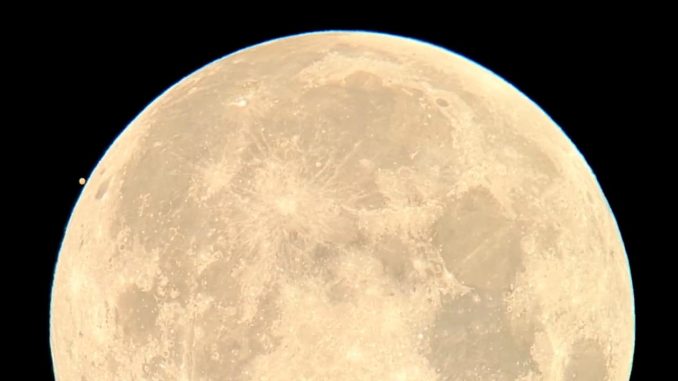
Mars also used to have different seasons
The planet Mars had seasons and thus changing weather conditions millions of years ago, just like Earth. That doesn’t necessarily mean that life was once possible, but the conditions were “favorable for the development of life”.
French scientists from the Universities of Lyon and Toulouse have studied measurements from the American rover Curiosity. That cart has been driving around on Mars since 2012.
Martian Landscape in the Past
The Earth is made up of loose plates that constantly slide against each other, slide past each other or drift away from each other. These movements result, for example, in earthquakes or the eruption of volcanoes. However, there are no such movements on Mars. As a result, fossil traces can still be found on the surface that reveal what the landscape looked like billions of years ago.
The data collected by Curiosity suggests that there must have been lakes and rivers back then. In layers from 3.8 to 3.6 billion years ago, Curiosity found hexagonal salt deposits. This phenomenon also exists on Earth, for example on salt flats in South America. The hexagons are created when water evaporates in dry seasons.
Possible Conditions for Life
According to the researchers, the discovery of these hexagonal salt deposits indicates that Mars used to have wet and dry seasons. Laboratory research has shown that the building blocks for life can be formed in such circumstances, the scientists say in the journal Nature.
This doesn’t mean that life was present on Mars during that time, but the favorable conditions for the development of life were potentially present. The presence of lakes and rivers along with seasonal changes in weather could have provided the necessary elements for life to emerge.
Curiosity Rover’s Findings
The Curiosity rover has been exploring the Martian surface since 2012 and has provided valuable data about the planet’s past. It has discovered evidence of a diverse geological history, including signs of liquid water and ancient habitable environments.
With its instruments and cameras, Curiosity has been able to analyze the composition of Martian rocks and soil, providing insights into the planet’s geological and environmental history.
The discovery of hexagonal salt deposits is just one of the many findings by Curiosity that suggest the presence of water and changing seasons on Mars in the past.
Possible Implications
The findings from the Curiosity rover and the research conducted by the French scientists deepen our understanding of Mars’ history and its potential for hosting life. By studying the geological and environmental conditions of Mars in the past, scientists can better assess the possibilities of finding evidence of past or even present life on the planet.
These findings also have implications for future missions to Mars. Understanding the planet’s past climate and the presence of liquid water can help scientists in their search for signs of life and in planning manned missions.
In Conclusion
While it is still uncertain whether life ever existed on Mars, the presence of changing seasons, lakes, and rivers in the planet’s past suggests that the conditions for life were once favorable. Further exploration and study of the Martian surface are needed to unravel the mysteries of the planet’s history and its potential for hosting life.

Be the first to comment